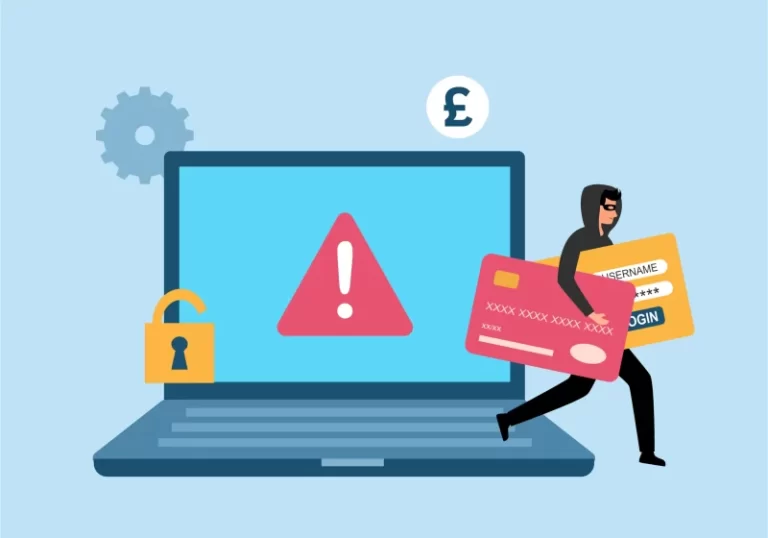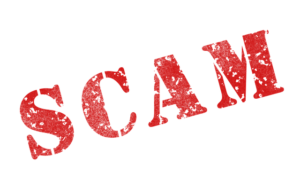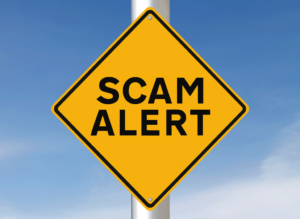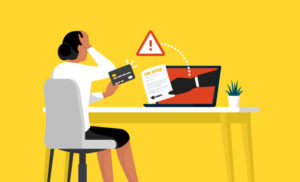The government, on February 25, introduced new rules regarding the use of social media, and the regulation of streaming services, in an attempt to crack down on misinformation and have an oversight over social media platforms, their practices and what content over-the-top (OTT) platforms can publish, and for whom.
Moneycontrol breaks down some of the key takeaways from the Information Technology (Guidelines for Intermediaries and Digital Media Ethics Code) Rules, 2021.
1. Publishers of news and current affairs content, including aggregators, have to publish a monthly compliance report detailing all the grievances received and what they have done to address it.
2. OTT platforms such as Netflix, Amazon Prime and others now have to classify all content suitable for viewing by age — U (Universal), U/A(above 7), U/A (13+), U/A (16+) and A for Adults.
3. Content put out by OTT platforms and other online publishers should keep in mind India’s sovereignty, relationship with other countries, and these platforms should self-regulate. As part of the oversight committee, a government- designated officer can block access to content.
4. Significant social media firms (the definition of significant will be clarified soon) have to appoint a chief compliance officer and have a nodal contact person who can be in touch with law enforcement agencies 24/7.
5. Social media firms should not host or store, and must take down content prohibited in the context of India’s sovereignty, integrity, defamation and incitement to offence.
6. If some content is deemed offensive by a court or government, social media firms have to pull it out within 36 hours; 24, if it is sexually offensive content.
7. If the government asks for it, platforms have to trace the “first originator” of a piece of content in case of a law-and-order situation. This currently stands in the face of user end-to-end encryption that many apps promise.
8. There will be three levels of regulation for news publishers — self-regulation, a self-regulatory body, headed by a retired judge or an eminent person, and oversight from the Information and Broadcasting Ministry, including codes of practices and a grievance committee.







